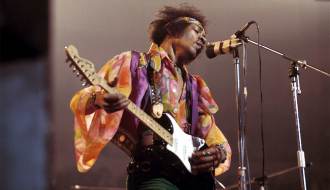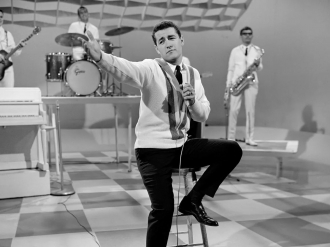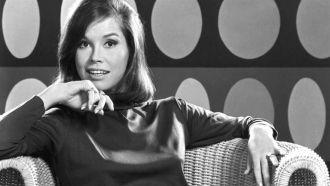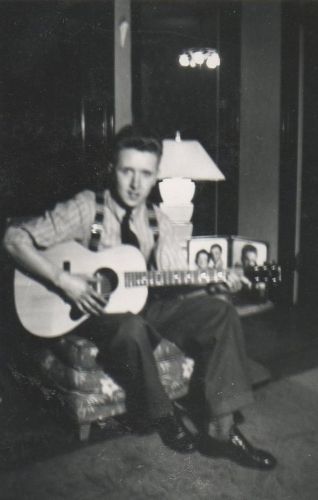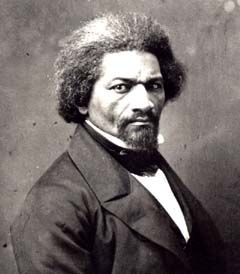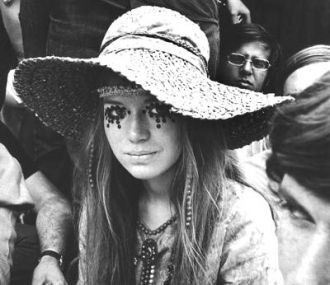Jimi Hendrix, band, & Ron Gray
Jimi Hendrix with Ron Gray and band members: My father, Ron Gray, was a concert promoter in the 1960's in central to northwest Louisiana (Monroe, Shreveport, etc). Jimi Hendrix played a concert in Shreveport, Louisiana on July 31, 1968. My father, Ron Gray, is standing next to Hendrix. Comments by Gary E. Gray.
People in photo include: Mitch Mitchell, Noel Redding, and Ronald Eugene Gray
People in photo include: Mitch Mitchell, Noel Redding, and Ronald Eugene Gray
Date & Place:
in Shreveport, Caddo County, Louisiana United States

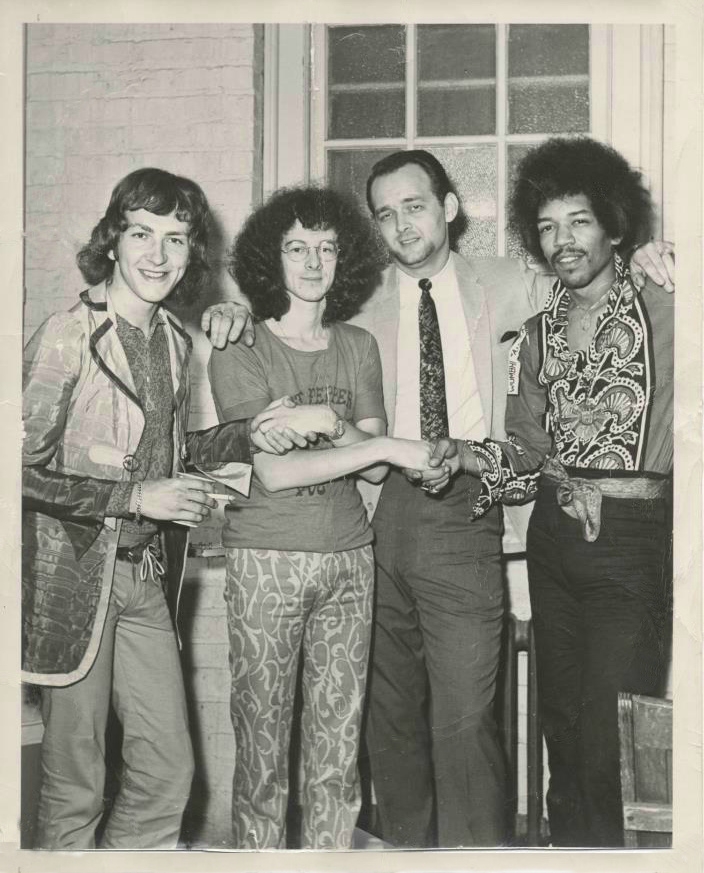
 Gary Gray
Gary Gray  AncientFaces
AncientFaces  Kathy Pinna
Kathy Pinna 
